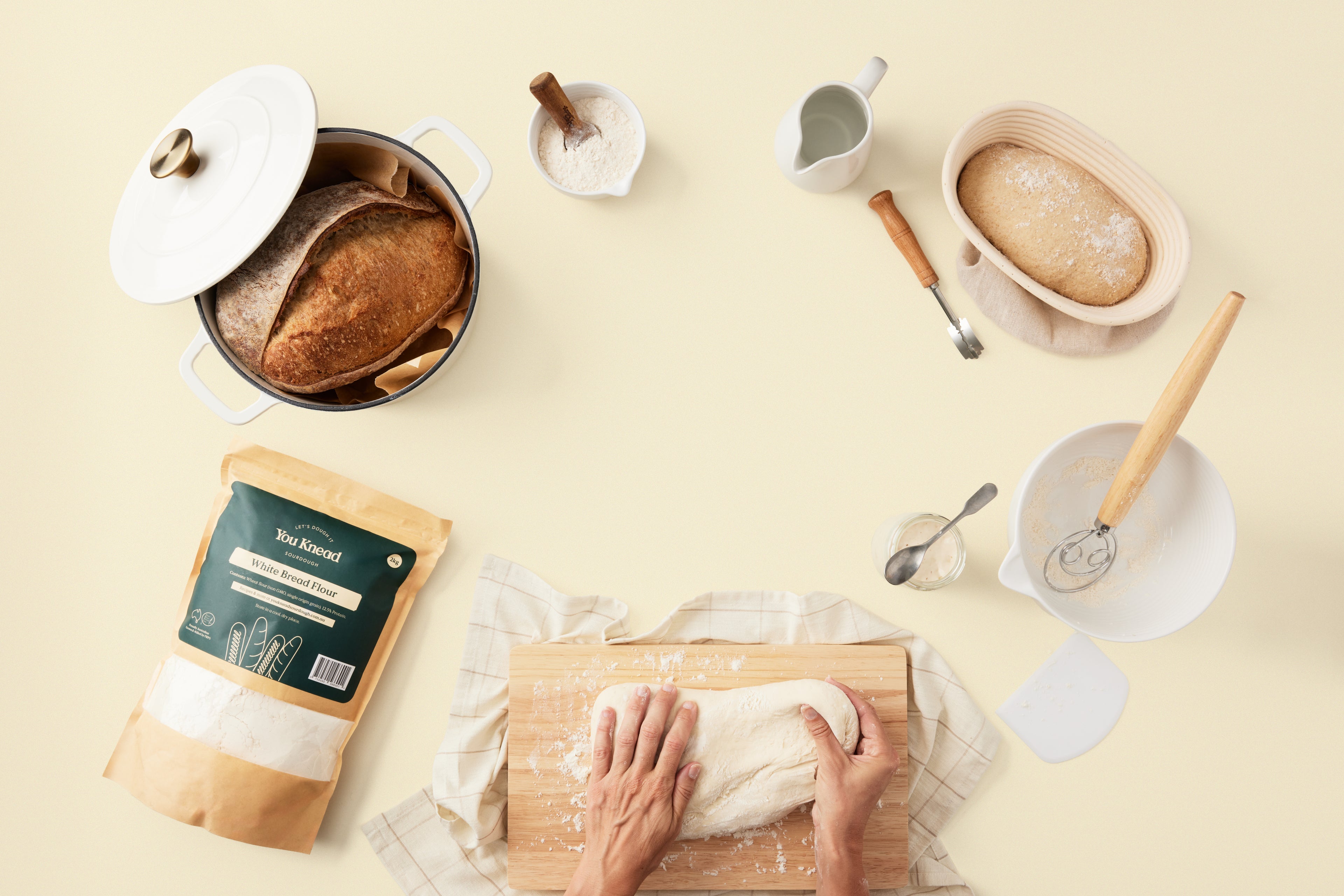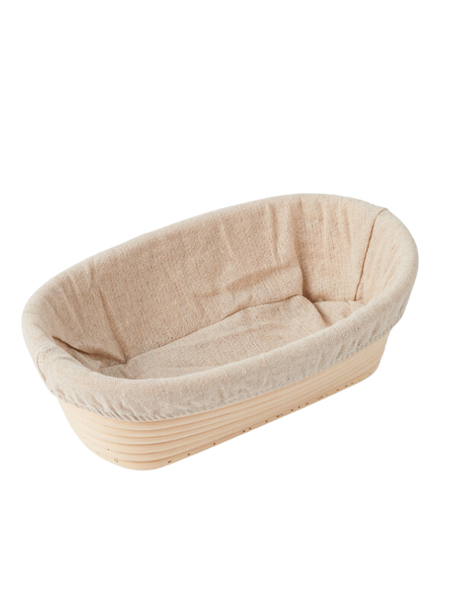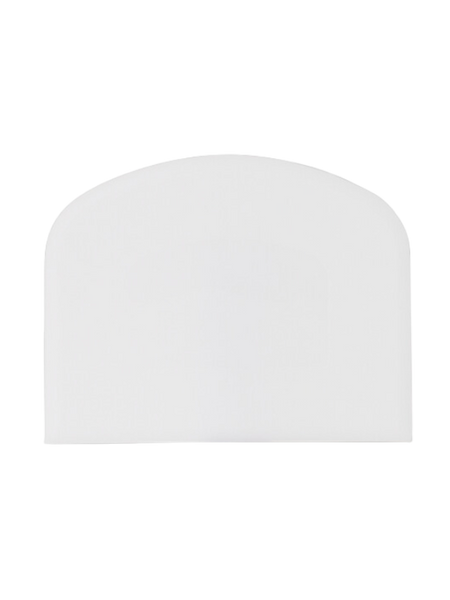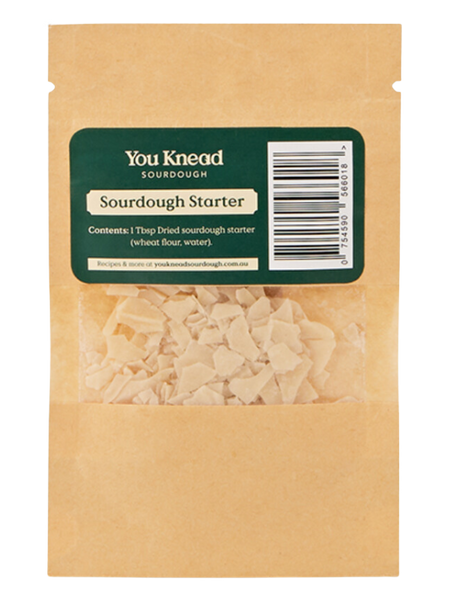2kg Bread Flour
2kg pack of high protein bread flour. The wheat is grown and milled by South Australian farmers Flinders Ranges Premium Grain.
The environment in which Flinders Ranges Premium Grain grow their high-protein wheat lends itself to production of flour with any extremely high dough strength with great extensibility. Flinders Ranges Flour was bred to exhibit sponge and dough characteristics which is excellent for quality artisan style bakery products, laminated pastry products, (e.g. croissants), pasta, noodles and frozen dough.
All FRPG wheat is ‘Single Origin’ and grown in the sun-drenched, naturally clean environment of the southern Flinders Ranges, and is traceable from all the way from the paddock to the baker. The wheat has been bred by traditional methods and does not have any genetically modified material. It is white wheat which produces white flour and requires no artificial colouring or bleaching.
The quality of FRPG’s Flinders Ranges Flour has been recognised internationally for quality and consistency.

